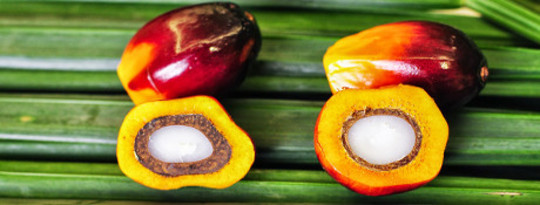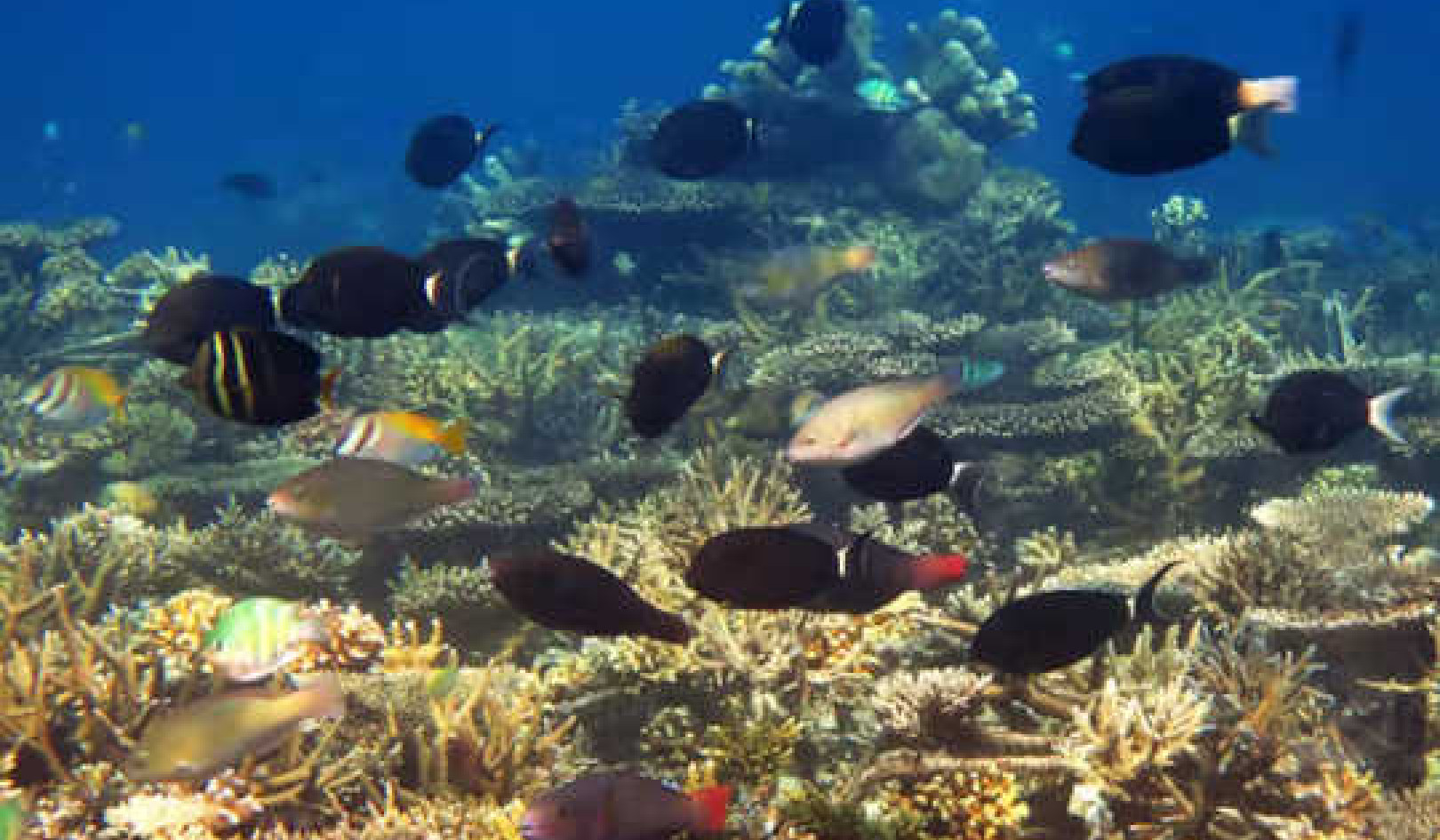
The oil palm, one of around 2,600 species of palm, must be one of the most hated plants on Earth. Ask any self-respecting environmentalist, and his or her face is likely to turn red with anger at the mere mention of its reviled name: Oil Palm.
The oil palm is the Lord Voldemort of the plant world, the Darth Bane of trees. It creates destruction, exhales smoke and fire, kills orangutans, obliterates traditional societies, undermines the moral fiber of men and has even been accused of eating children.
Now that is quite a lot of wrath aimed at what is, after all, quite a pretty tree with long green leaves. Why all that anger and why do people only target this palm crop?
Don’t get me wrong, as a long-term conservationist working in the Asian tropics, I have witnessed plenty of environmental disasters, animal deaths and suffering, and social hardship caused by oil-palm development.
But is the present black-or-white attitude towards this palm — one seems to be either fully for or against it — actually warranted? And is the attitude to palm oil stopping us from developing constructive ways to mitigate its social and environmental impacts?
The oil palm is a species from the forests of West Africa. Outside its native range it is generally grown on land without other vegetation so it receives maximum sunlight.
We need to ask — does producing palm oil require the loss of rainforests? Can palm oil meet vegetable oil demand with a lower impact than alternatives?
It grows best in areas with high humidity, lots of water and temperatures of 27 degrees Celsius or higher: the tropics.
The environmentalist’s hatred primarily comes from the fact that to grow oil palm one generally cuts down a rainforest first, with the loss of virtually all species and services from those original forests. Yes, that makes me angry, too!
Does Producing Palm Oil Require the Loss of Rainforests?
But we need to ask — does producing palm oil require the loss of rainforests? Can palm oil meet vegetable oil demand with a lower impact than alternatives? The oil palm is not the only oil-producing crop. According to the Food and Agriculture Organization, there are about 18 million hectares of oil-palm plantations worldwide, somewhat more than the combined size of Java and Bali.
The “friendly” coconut, occupies about 12 million hectares, and the “sweet” date palm about one million hectares. Among the non-palm crops that produce oil, the soybean takes up 111 million hectares of tropical land, or six times the area of oil palm; “pretty” sunflowers about 25 million hectares; “healthy” olives 10 million; and rapeseed about 36 million. There are a few others — for example, some of the world’s 184 million hectares of corn are devoted to oil production.
So, according to these data, oil palms take up about 4 percent of the total land area planted for oil-producing crops. But it produces about 30 percent of all vegetable oils in the world. In the wider picture, oil palms can represent a much more efficient means of producing oil than other crops, in terms of land area and most external inputs.
Oil palm is a globally important crop, but our hatred of it stops us from pushing for better ways to develop it. It could really be much less environmentally damaging.
It is the poor policies and practices of oil palm development that gives this plant such a bad name. But does that mean that we should shut our eyes for improved ways to grow it?
The normally heavy use of fertilizer in oil palm plantations can almost be entirely replaced by good composting practices. Oil palms need year-round water. So, you want to protect water-retaining forests within your oil-palm estate, especially on peatlands. Such forests also maintain higher humidity and regulate temperature extremes resulting in higher yields.
The Policies and Practices of Oil Palm Development
It is the poor policies and practices of oil palm development that gives this plant such a bad name. But does that mean that we should shut our eyes for improved ways to grow it? Organizations like the Round Table for Sustainable Palm Oil are not being taken seriously, because in the eyes of many environmentalists they achieve too little. But do we support them enough to achieve more?
I am calling on the environmental community to look at the facts of oil palm rather than be guided by emotions.
And I am calling on the palm-oil industry and the governments and law enforcers that regulate oil palm to develop and implement new ways for an improved industry. Make bad companies pay for their illegal practices — fine them, close them down, put their owners in jail.
There should be simple new rules and policies, clearly enforced. Oil palm should never be planted on deep peat. If there are forests with threatened species such as orangutans, do not clear these for oil-palm development. No oil-palm development should be allowed in extensive natural forest areas, which should be retained within oil-palm concessions to provide social and environmental benefits.
There is more and I could go on. Importantly, we need environmentalists to work with producers and really find out the best cost-effective way to maximize yields with minimum social and environmental costs. Without the input from scientists and others, the industry is unlikely to significantly change. There is a role for hard-core advocacy, but there also needs to be space for effective engagement.
I am not a stooge of the oil-palm industry. And I am not trying to make oil palm look better than it is. I simply want everyone to use fact rather than fiction and be constructive rather than destructive.
This article originally appeared on Ensia
 About The Author
About The Author
Erik Meijaard is a conservation scientist based in Jakarta. He coordinates the Borneo Futures — Science for Change research program.
Recommended book:
Consumed: Food for a Finite Planet
by Sarah Elton.
 In Consumed, Sarah Elton walks fields and farms on three continents, not only investigating the very real threats to our food, but also telling the little-known stories of the people who are working against time to create a new and hopeful future. Food might be the problem, but as Sarah shows, it is also the solution. The food system as we know it was assembled in a few decades—and if it can be built that quickly, it can be reassembled and improved in the same amount of time. The author lays out the targets we need to meet by the year 2050. The stories she tells give us hope for avoiding a daunting fate and instead help us to believe in a not-too-distant future when we can all sit at the table.
In Consumed, Sarah Elton walks fields and farms on three continents, not only investigating the very real threats to our food, but also telling the little-known stories of the people who are working against time to create a new and hopeful future. Food might be the problem, but as Sarah shows, it is also the solution. The food system as we know it was assembled in a few decades—and if it can be built that quickly, it can be reassembled and improved in the same amount of time. The author lays out the targets we need to meet by the year 2050. The stories she tells give us hope for avoiding a daunting fate and instead help us to believe in a not-too-distant future when we can all sit at the table.
Click here for more info and/or to order this book on Amazon.























